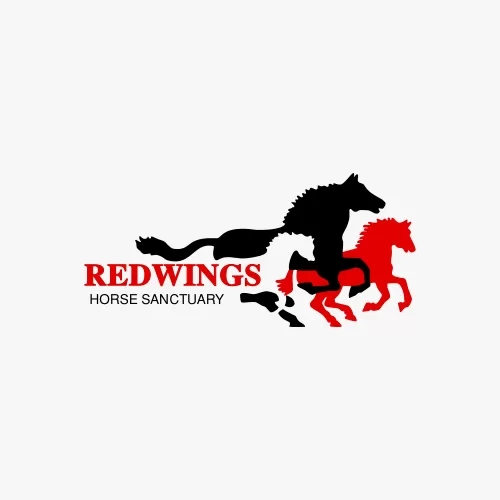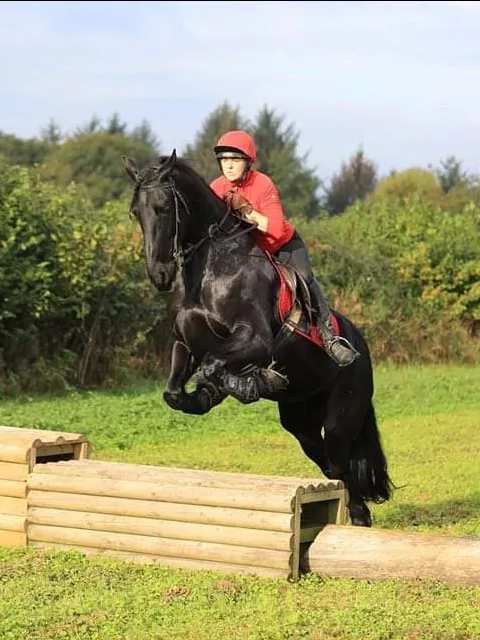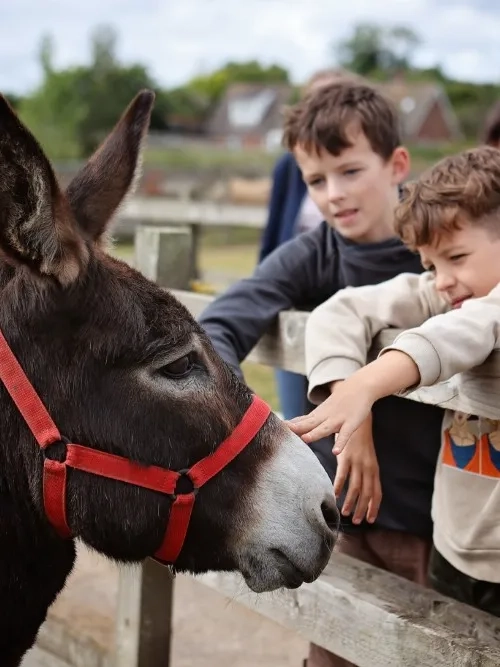17 September 2020

The current pandemic has highlighted how much effort goes into vaccine development, and years of work have gone into producing Strangvac, the much-anticipated new strangles vaccine.
Encouraging results published this year from four studies into the efficacy of the vaccine suggest the product could be a game-changer when it comes to preventing or containing strangles outbreaks.
The product is administered through a straightforward intramuscular injection, with the primary course consisting of two injections given four weeks apart. In the studies, groups of ponies were given a third injection at either 13, 26 or 52 weeks to help test optimum booster timing. Results indicated that a booster could be given anytime within a twelve-month window after completion of the primary course.
Intramuscular injection helps ensure the vaccination is very safe, with no adverse reactions noted in ponies used in the studies, though mild, localised heat, sensitivity and/or swelling were observed in some equines for between one and five days after inoculation, a common sign of the development of an immune response.
One of the limitations of existing strangles vaccines is the need for frequent boosters to maintain effective immunity. Enabling horse owners to protect their horse through a single annual booster offers a far more practical and economic option, likely to support wider take-up of the vaccination.
In addition, the new vaccine overcomes the current inability to distinguish between infected and vaccinated horses when raised antibody levels are detected by an ELISA blood test. This has been a significant challenge when screening horses to reduce risk of disease spread, such as testing horses moving to a new livery yard. Having DIVA capability (Differentiating Infected from Vaccinated Animals) allows the vaccine to be used alongside other important biosecurity practices to help protect horses from disease.
Nic de Brauwere, Redwings Head of Welfare and Behaviour, is optimistic that the new product could play a significant role in efforts to reduce the incidence of strangles outbreaks seen in the UK each year. He said: "We’ve followed the development of this vaccine with great interest. We feel it will be a huge asset to help combat strangles, alongside enhanced biosecurity practices and testing.
"Vaccination will also make it possible for owners to help protect their horses and continue with activities that involve travel or mixing with unfamiliar horses at events where other owners may not be as cautious about reducing the risk of strangles.
“The ability to restore a horse’s optimal immunity after a booster, within the 12 month window, should also give owner’s confidence that they can protect their horses in high risk situations at shorter notice than for example is possible with the equine influenza vaccine.”
Final approval for the new vaccine is needed before Strangvac is launched on the open market, but it is hoped that the product may become available to vets and horse owners in early 2021.
To read the published findings in full, simply click here.
To find out more about strangles, click here - 'What is Strangles?'

Redwings Press Office
Find out more about Redwings Press Office



